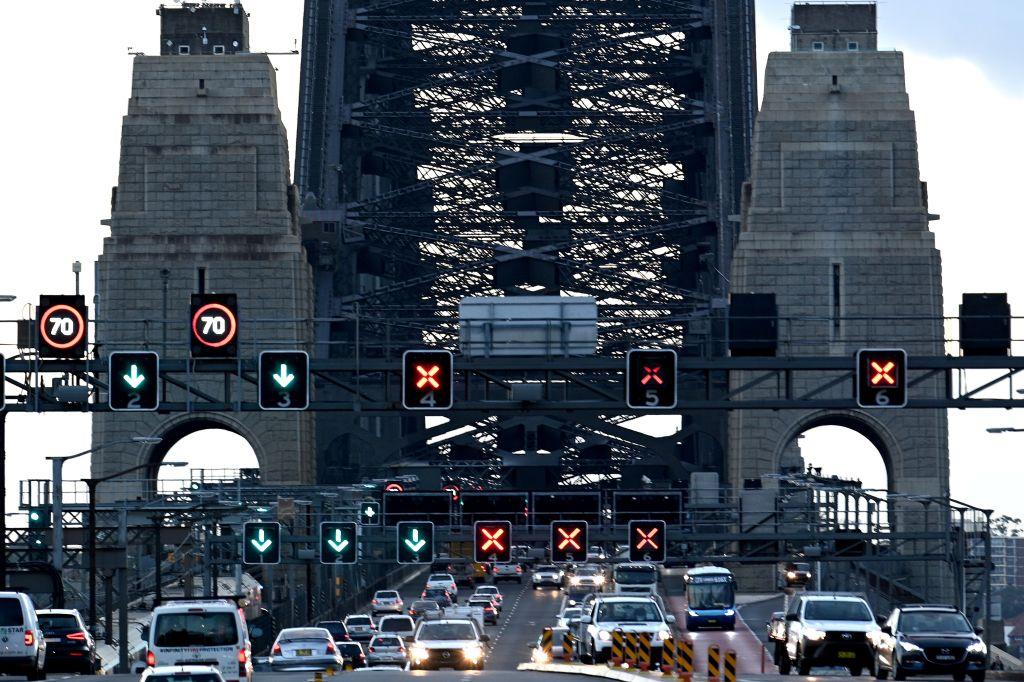More than 50 metres below the Arafura Sea, north of Darwin, lies a submarine that was the first Japanese warship sunk by the Australian navy in World War II.
Now, the journey by archaeologists and divers to document the war grave where 80 Japanese crew died has been covered in a documentary.
In November 2022, a team of marine archaeologists and technical divers embarked on the first expedition down to the I-24 submarine to gather data and take images.
“It’s one of the most significant shipwrecks in the Northern Territory (NT) and one of the significant wartime wrecks in Australia,” Heritage Branch NT officer David Steinberg said.
The I-24 had been sent to Australia during the war to lay underwater mines and intercept Allied vessels heading over to Darwin port.
But on Jan. 20, 1942, the HMAS Deloraine was sent to detonate dozens of depth charges in a sustained attack that ultimately sank the vessel, one month before the Japanese bombed Darwin.
While previous surveys have utilised remote sensors to develop models of the submarine, this was the first-ever authorised scientific dive down to the wreck.
Steinberg said the images and data would build on previous work by the Australian Institute of Marine Science and Commonwealth Scientific and Industrial Research Organisation (CSIRO) to understand the wreck’s conditions and how to manage it. Previous efforts to salvage the submarine were not granted permission by the Japanese government, which considers the site an official war grave.
But Takenobu Hamaguchi from the Australian-Japanese Association in the NT accompanied the expedition in 2022 to collect sand from the site to send to descendants of those who had perished.
“Finally, those Japanese members who lost their lives, their souls went back home,” Hamaguchi said.
The documentary follows a virtual reality video of the wreck released in 2022, and a memorial to the Japanese submariners erected at Dripstone Cliffs.
“This documentary highlights the importance of nations working collaboratively to protect fragile and significant places of shared heritage,” Heritage Minister Chansey Paech said.
“It is a behind-the-scenes glimpse into the historic voyage down to the wreck and is an interesting addendum to the fascinating story that began in Japan and ended in Darwin’s deep seas.”





